Research & Design Backlog
Part of UX Capability Build
Ecclesiastical – Specialist Insurance and Financial Services
Objective
Establish a research-led design backlog that reflects real user needs, supports prioritisation and builds confidence in design-led decision making.
Context
The Product Team lacked a clear understanding of user needs, leading to design decisions made by Business Analysts and Developers with minimal user input. This created inconsistent user experiences and hindered the product’s ability to meet its goals.
We needed to:
- Build a shared understanding of users across a fragmented ecosystem of products.
- Use research to drive prioritisation and shift decision making from assumptions to evidence.
- Lay a foundation for user-centred design in a historically delivery-first environment.
My role
Lead end-to-end user research strategy.
Facilitate stakeholder alignment across product, tech and business.
Translate research findings into a practical, prioritised design backlog.
What I did
Stakeholder Alignment & Discovery
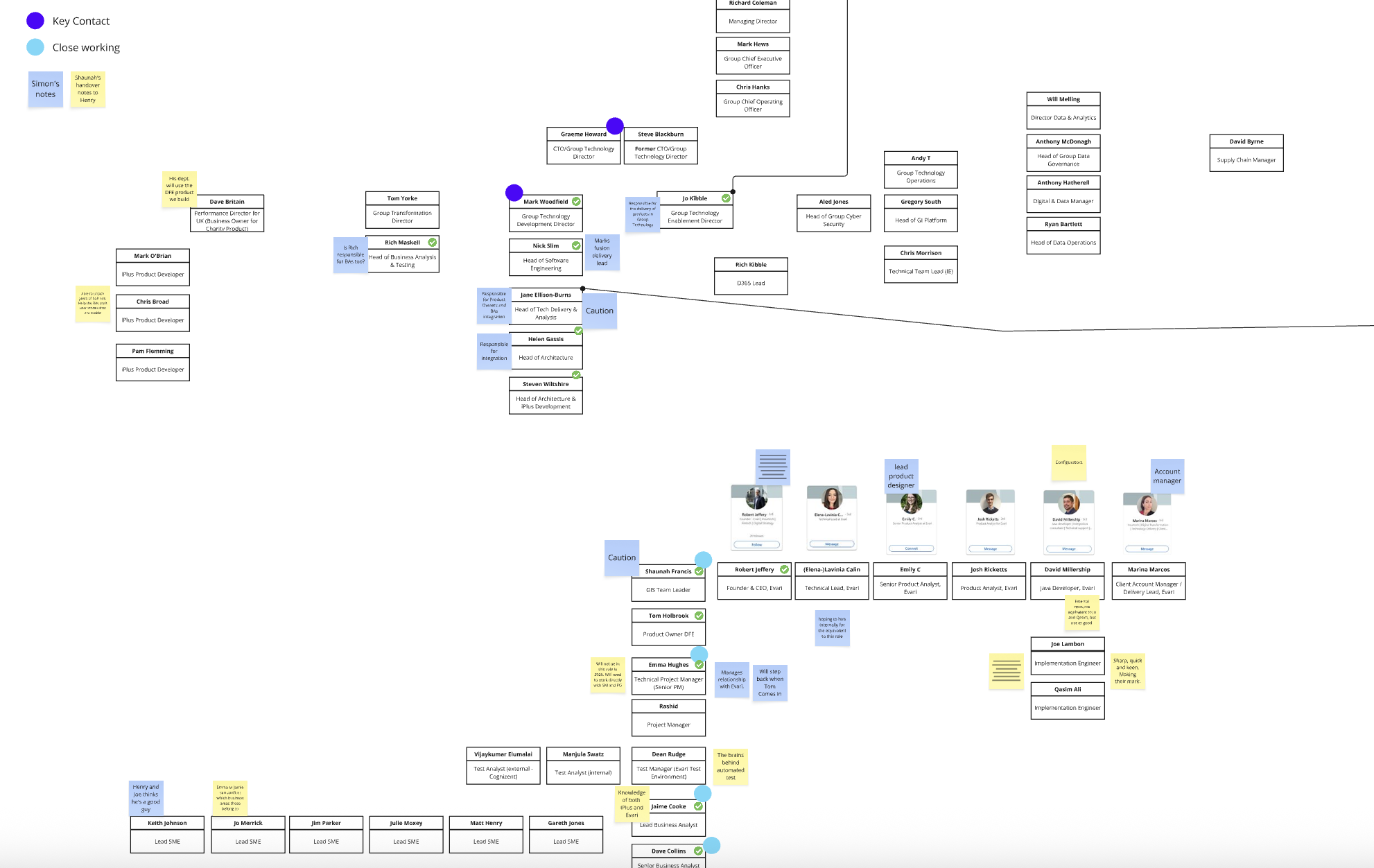
Mapped out key internal and external stakeholders to uncover knowns/unknowns and gather research hypotheses.
Facilitated kick-off workshops to align on outcomes and expectations from research.
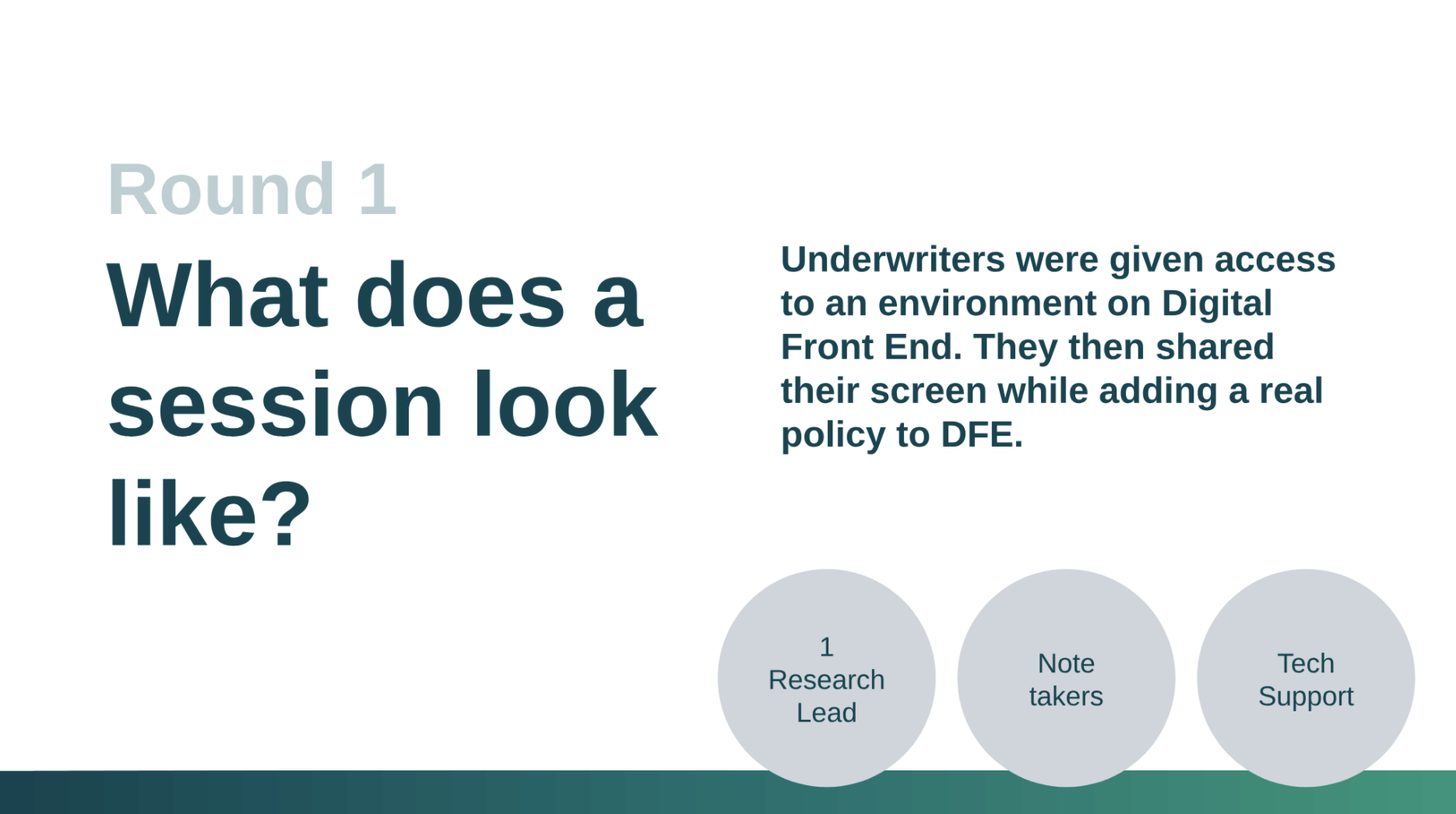
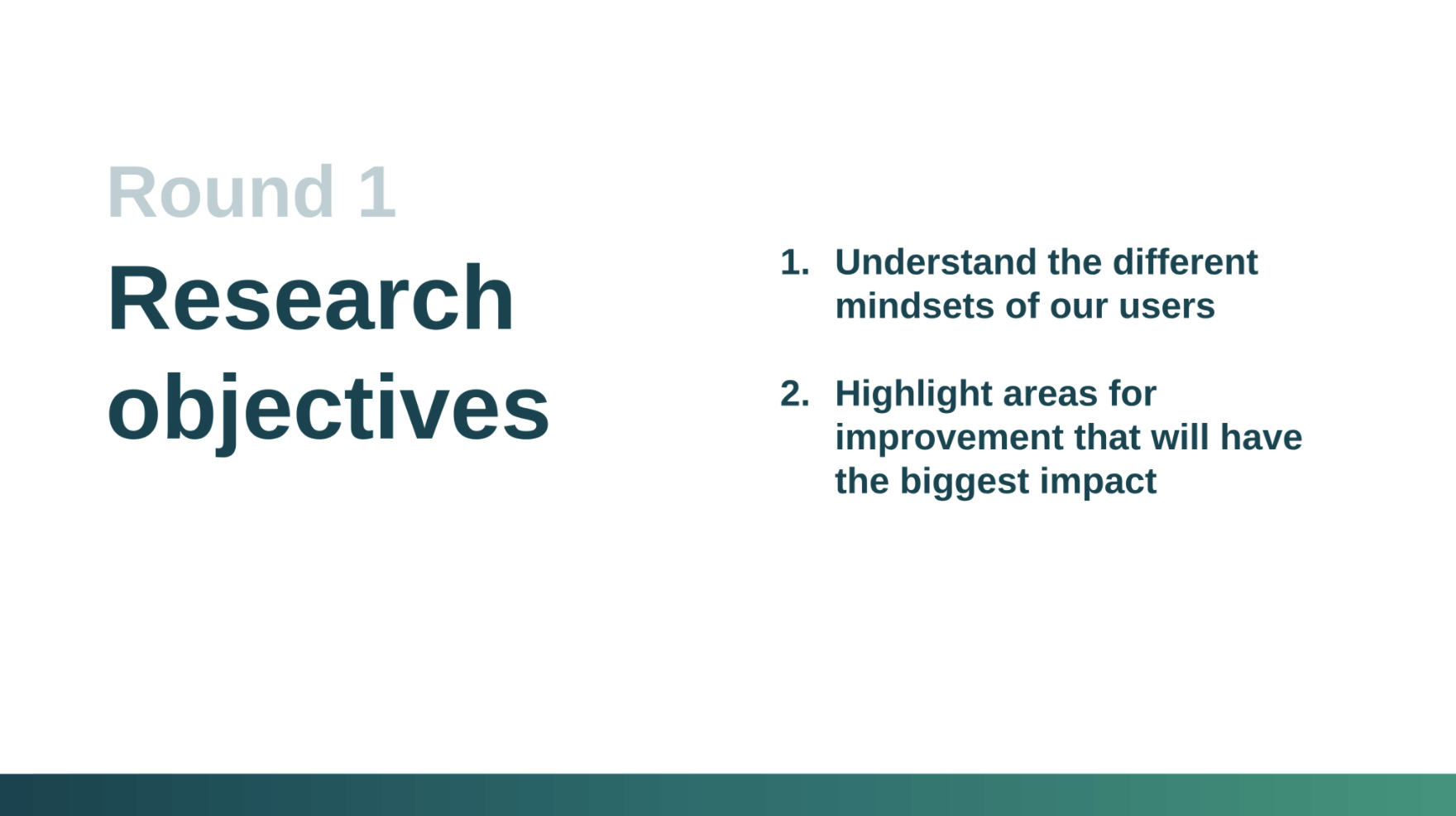
User Research Across Products
Designed and ran a mixed-method research program with two main user groups.
User interviews, task walkthroughs and contextual inquiry to uncover pain points in the end-to-end journey.
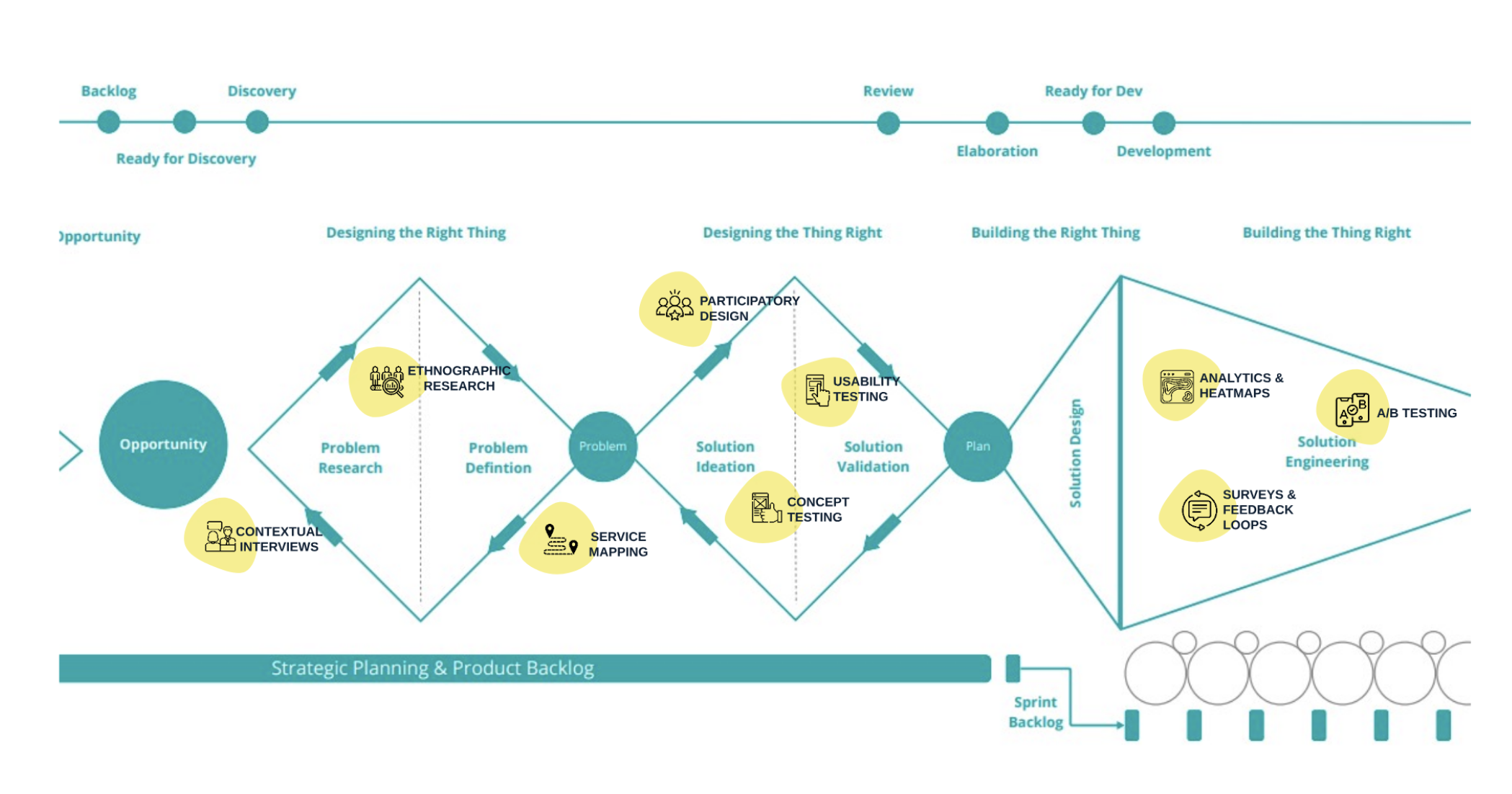
Ensured findings represented a variety of mindsets among our users.
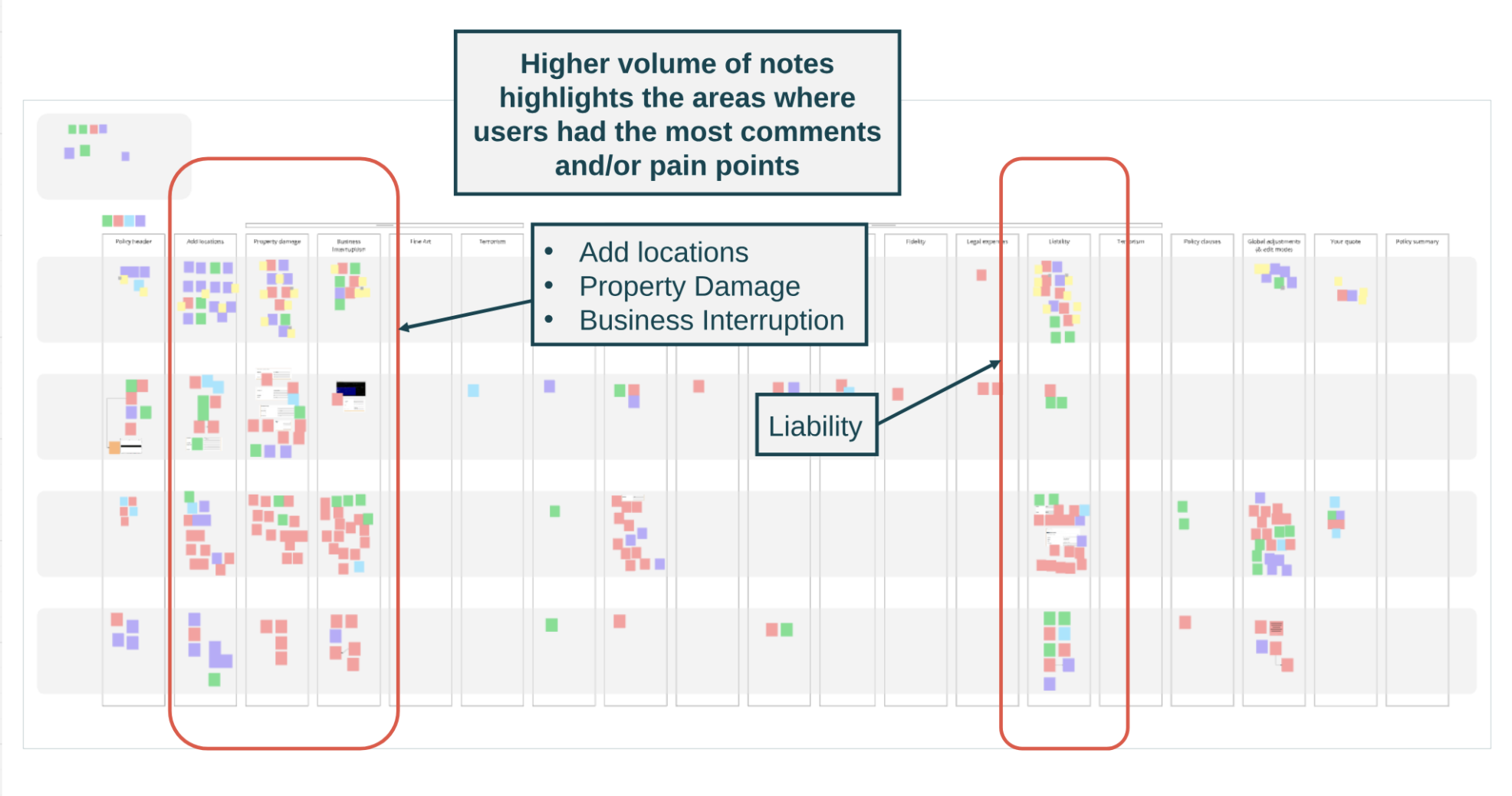
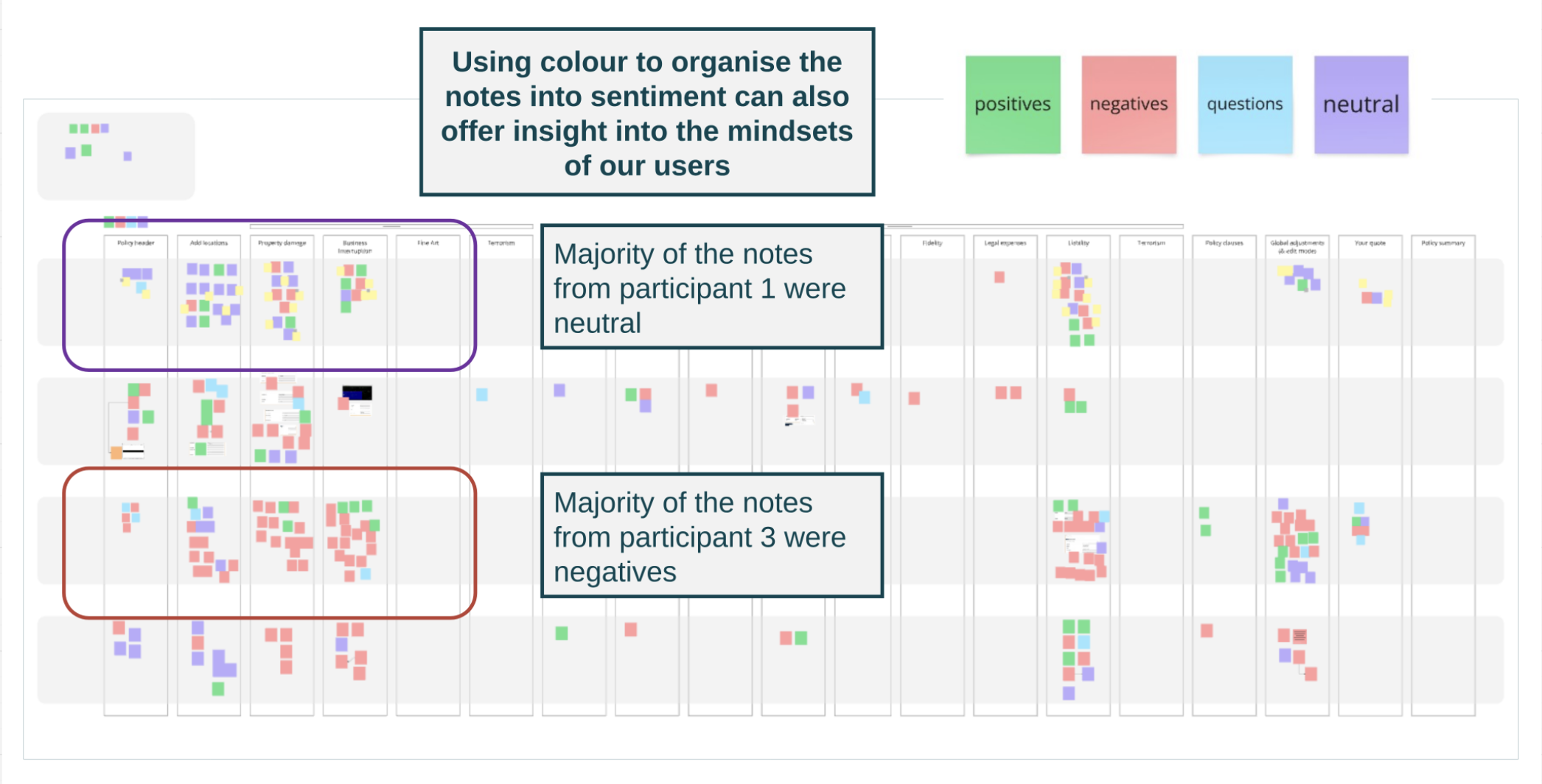
Upskilled the Delivery Team in running effective research and interpreting insights.
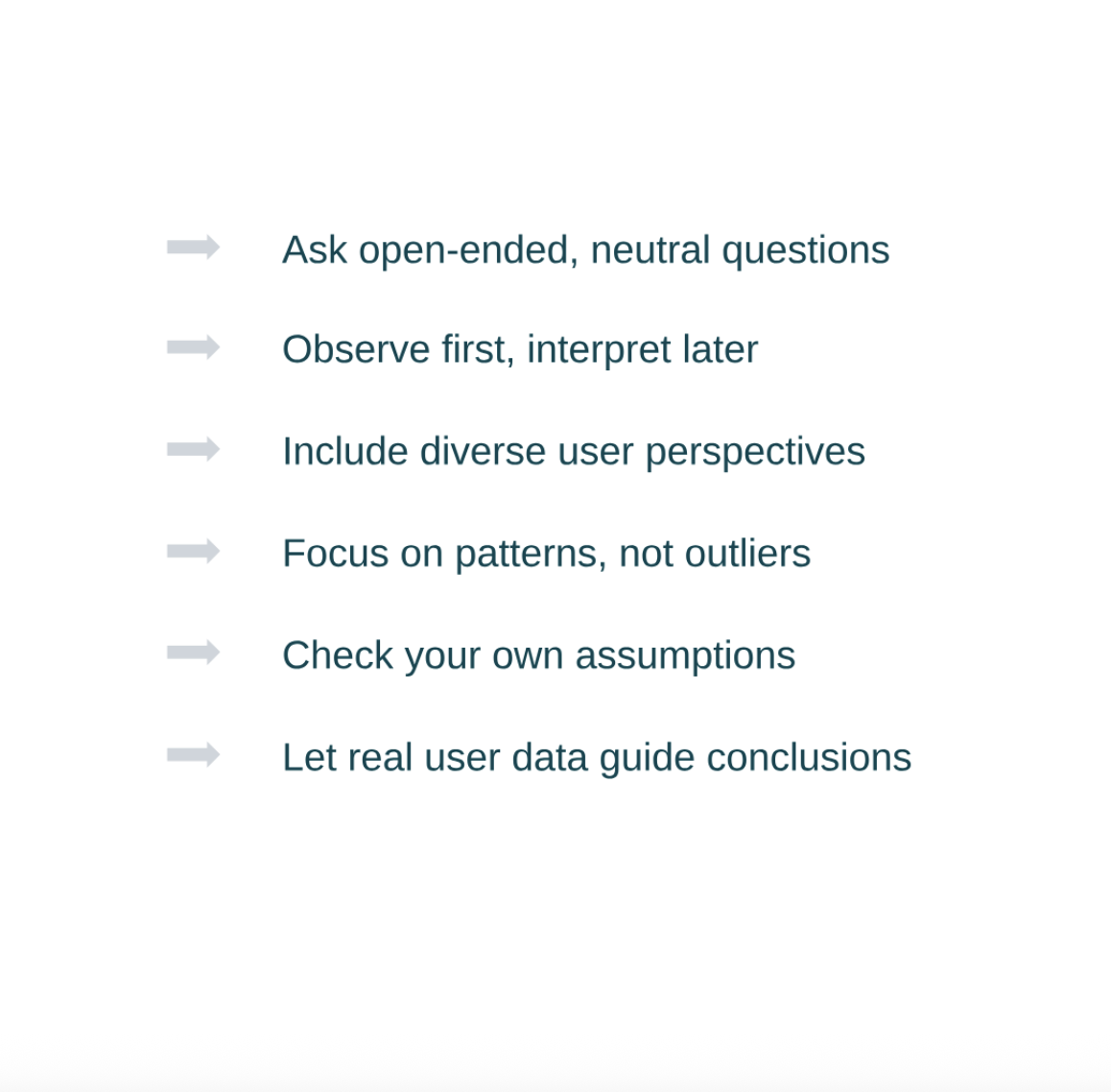
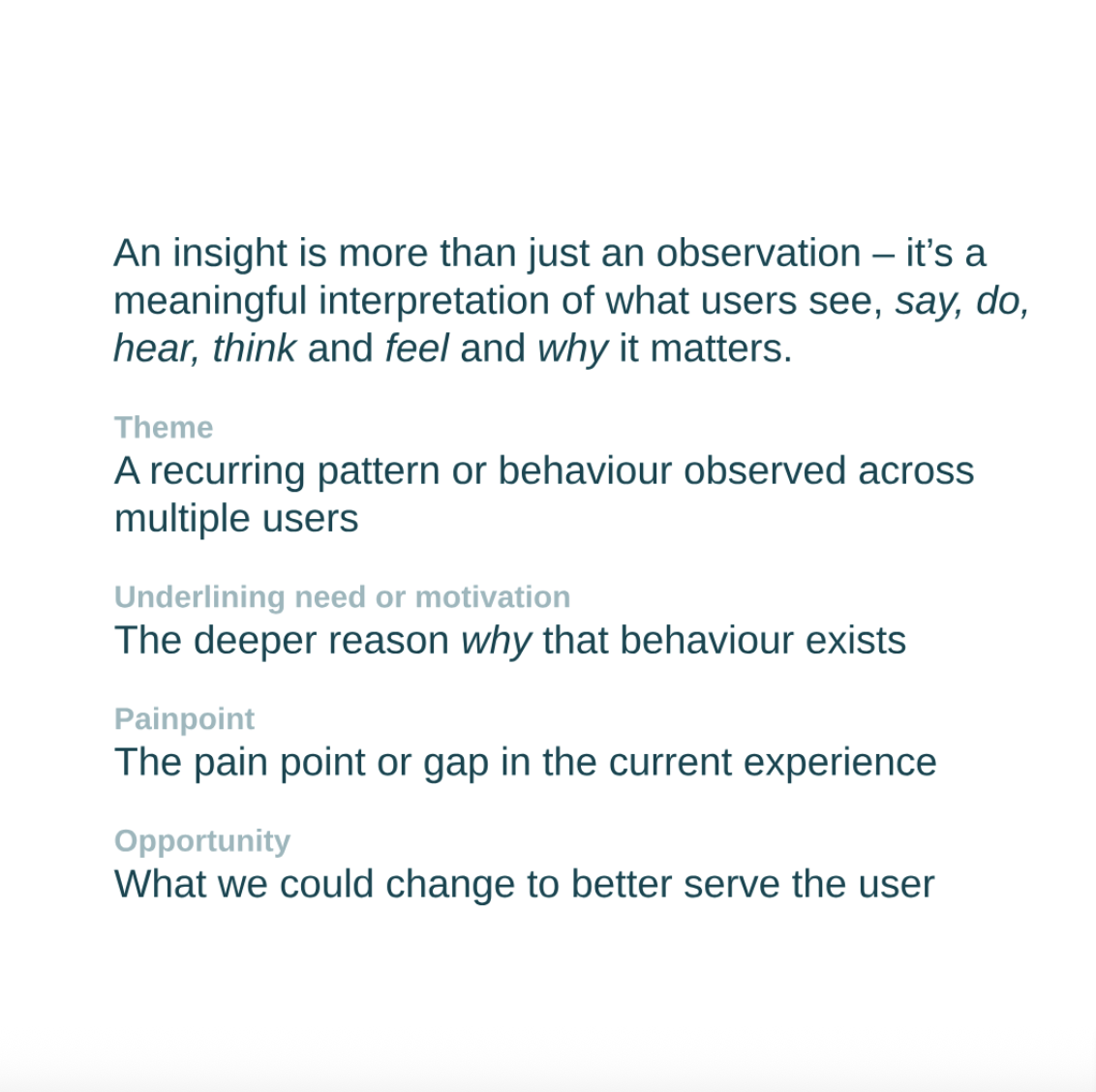
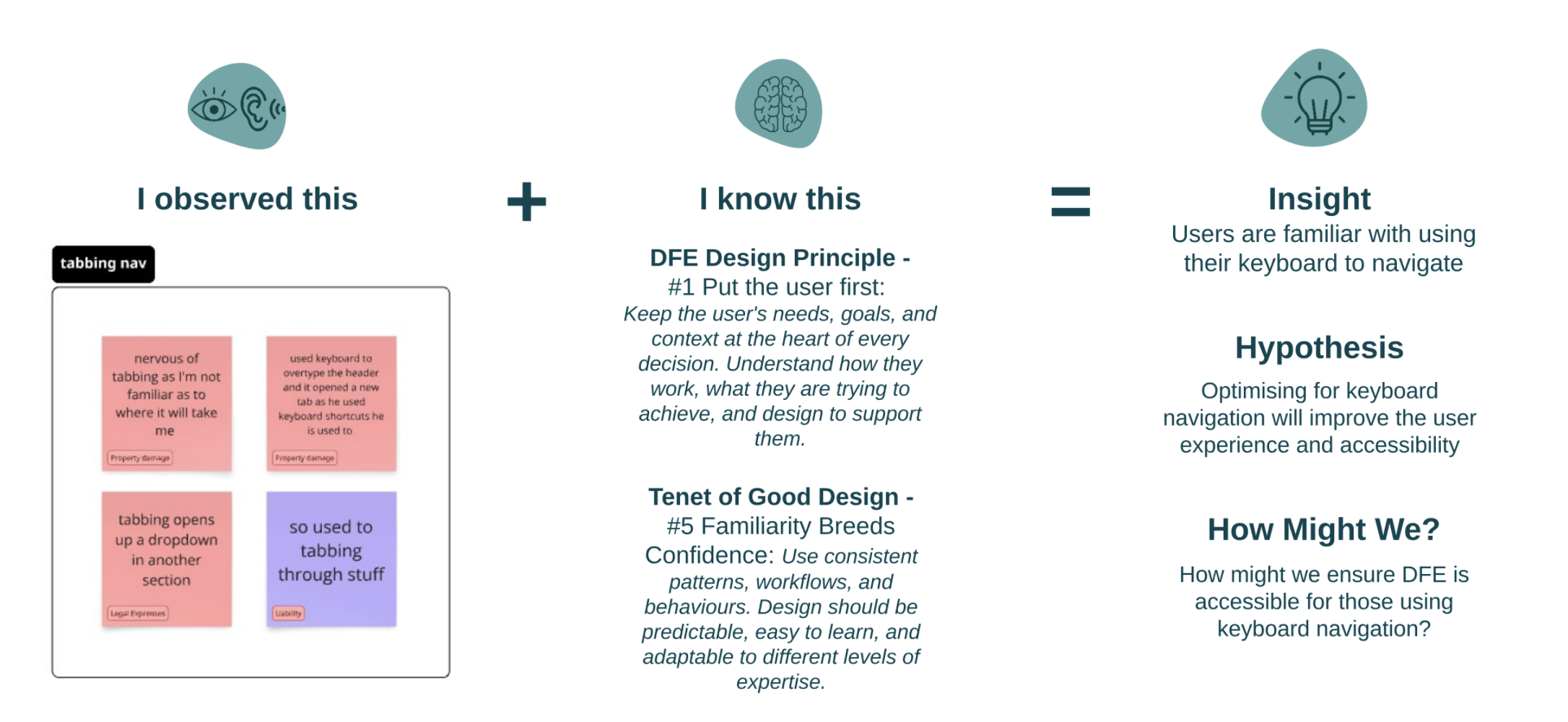
Synthesis & User-Needs Mapping
Co-facilitated synthesis sessions with BAs and Developers to co-create understanding and build buy-in.
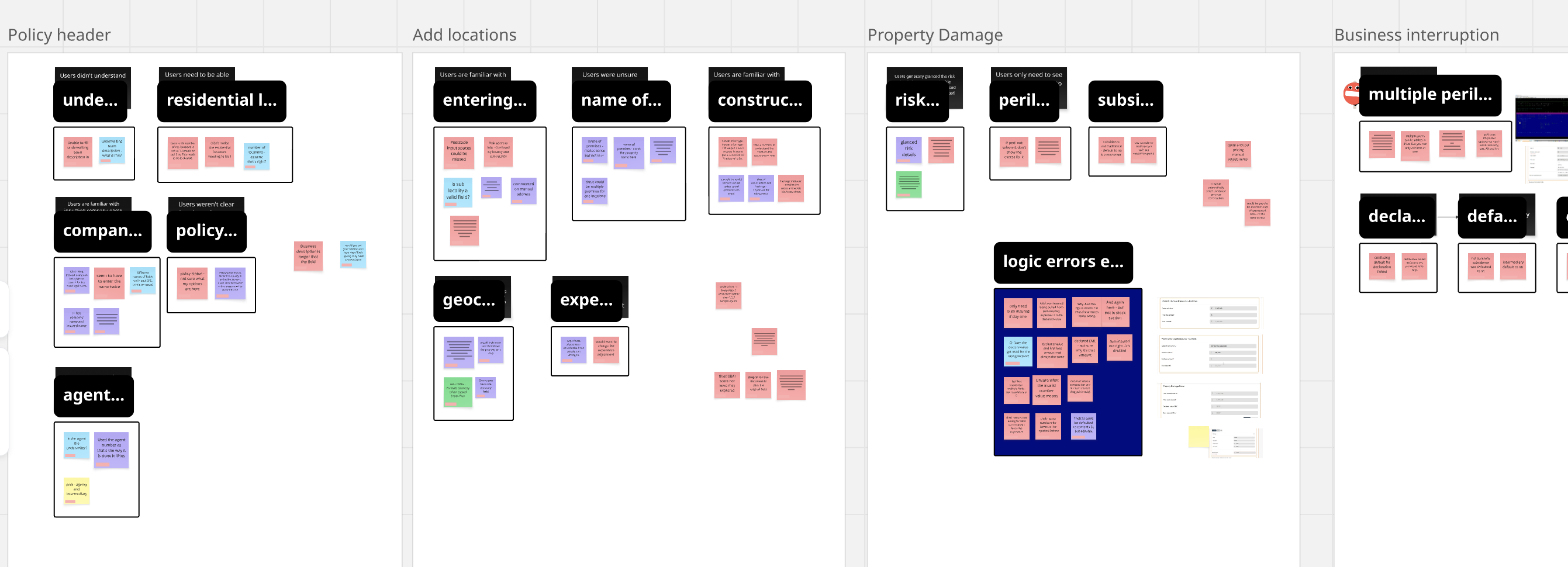
Created a visual user-needs map to anchor all future work and show shared ownership of insights.

Prioritised Insight-Driven Backlog
Translated insights into backlog items tied to business goals.
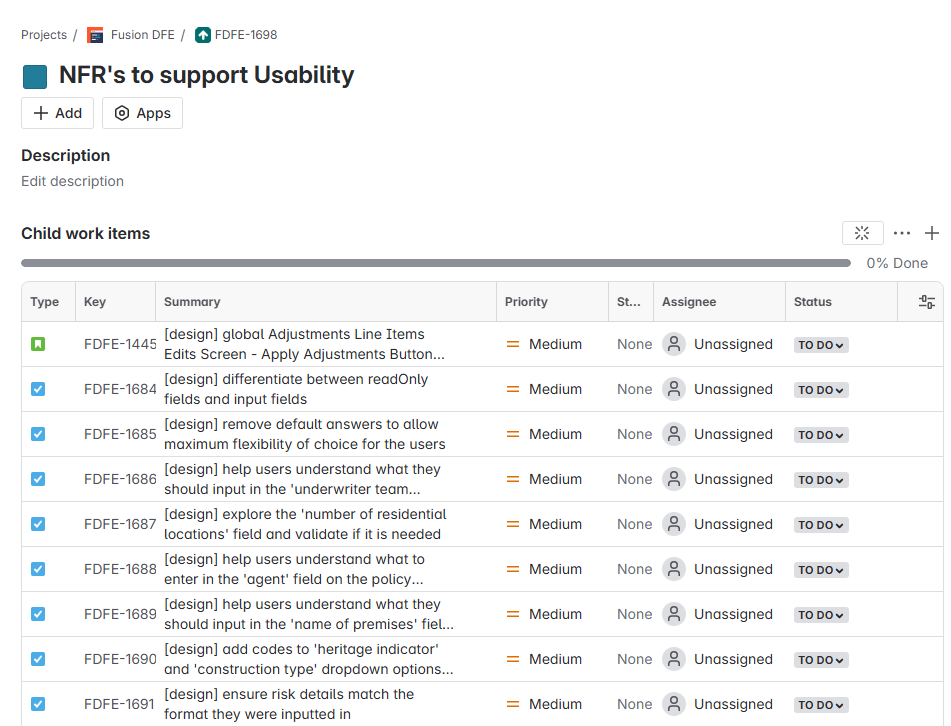
Presented backlog in Confluence, linked with rationale and supporting evidence from research.
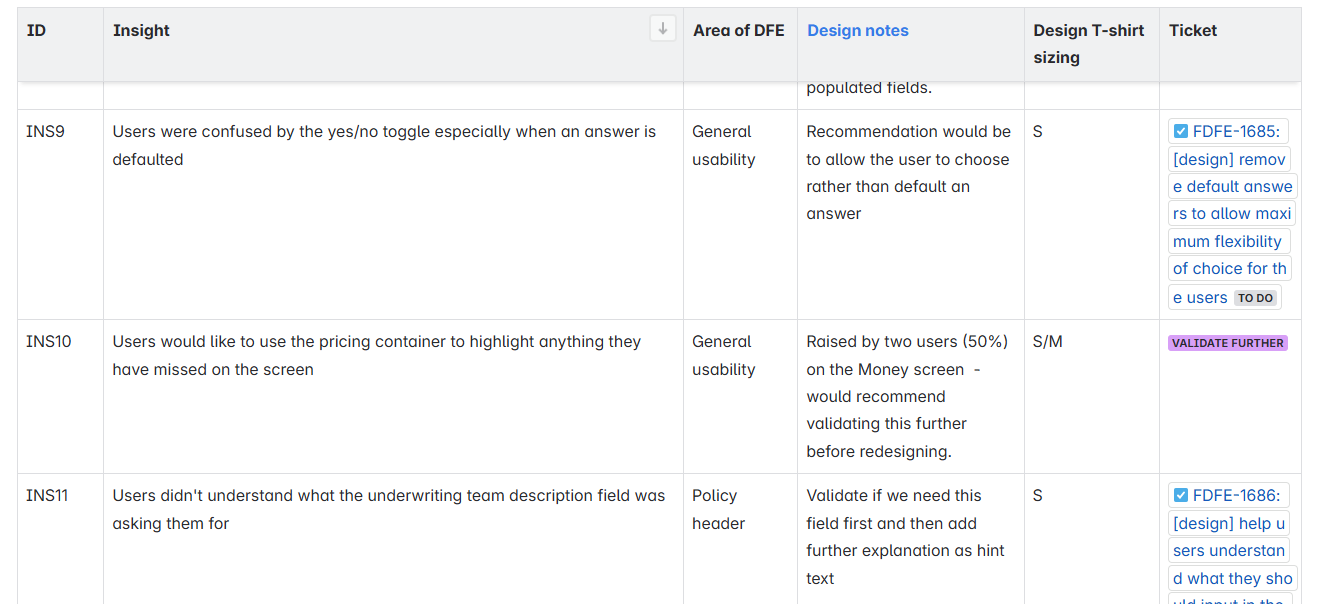
Next steps
- Further User Research to ensure a continuous feedback loop into the backlog.
- Next round of research to be focused on smaller sections of the journey.
- Guide team to embed user research when kicking off a new feature.
- Use insights in design rationale of new design patterns.
Sam Long – 2025